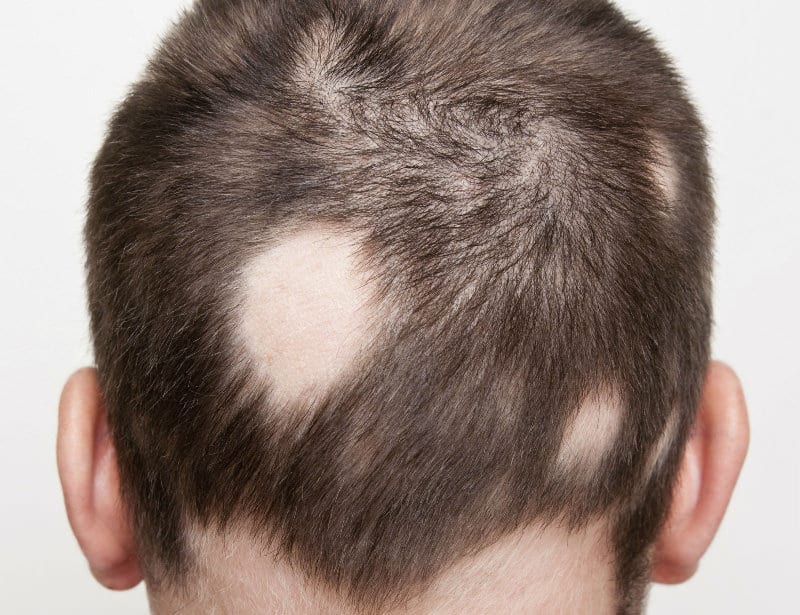Struggling with thinning hair and don’t know where to start? Marek Health hair loss solutions offer science-backed diagnostics and personalized treatments to help restore your hair and confidence.
This guide breaks down Marek’s hormone-based approach, explains how their lab panels work, and highlights the medications and supplements proven to help. Learn how to take control of hair loss with expert strategies, real results, and tailored care.
Understanding Hair Loss & Why Marek Health Matters
Hair loss is a deeply personal issue—one that affects millions of men and women worldwide. It can start as early as your 20s and often progresses due to a mix of genetics, hormonal imbalance, and lifestyle factors.
Common Types of Hair Loss
- Androgenetic Alopecia (Male/Female Pattern Baldness) – The most common form, caused by sensitivity to dihydrotestosterone (DHT).
- Telogen Effluvium – Triggered by stress, illness, or rapid weight loss, this type leads to temporary shedding.
- Alopecia Areata – An autoimmune condition where the body attacks hair follicles.

The Role of Hormones
Hormones play a key role in hair loss, especially testosterone, DHT, thyroid hormones, and estrogens. High levels of DHT shrink hair follicles, leading to thinning and eventual loss. Hormonal imbalances can also disrupt the hair growth cycle.
Why Marek Health Makes a Difference
Marek Health’s approach goes beyond surface-level symptoms. Their in-depth lab panels test a wide range of hormones and biomarkers, identifying hidden triggers that many clinics overlook. By treating the root cause—not just the symptoms—they offer sustainable, long-term solutions.
Pro Tip: Ask your provider about testing for SHBG and prolactin, as they may indirectly impact your hair loss pattern.
In-Depth Diagnostic Process
Marek Health begins each hair loss journey with advanced blood diagnostics. Their signature Hair Panel – Comprehensive measures more than just testosterone and DHT.
What’s Included in the Marek Hair Panel?
- Total Testosterone
- Free Testosterone
- DHT (Dihydrotestosterone)
- SHBG (Sex Hormone Binding Globulin)
- Estradiol (E2)
- TSH, T3, T4 (Thyroid Panel)
- Prolactin & Cortisol
This comprehensive analysis helps uncover whether your hair loss is driven by:
- Androgen sensitivity
- Thyroid dysfunction
- Estrogen dominance or deficiency
- Chronic stress or inflammation
How These Results Guide Treatment
Once the lab results are in, Marek’s medical team tailors a treatment plan. This may include prescriptions (like finasteride), nutritional changes, lifestyle tweaks, or targeted supplements.
Treatment Options at Marek Health
Marek Health offers a combination of evidence-based medications, natural therapies, and hormone optimization protocols.
Prescription Medications
Finasteride and Dutasteride are commonly used to reduce DHT levels.
Finasteride
- Blocks ~70% of DHT
- Taken daily (1mg)
- Fewer side effects for most users
Dutasteride
- Blocks ~90% of DHT
- Longer half-life, more potent
- Often reserved for advanced cases
According to clinical studies, both can reduce hair loss and promote regrowth, particularly in the crown and mid-scalp regions.
Supplements & OTC Options
Marek often recommends supplements to support scalp health and reduce inflammation:
- Biotin – Supports keratin production
- Saw Palmetto – Natural DHT blocker
- Zinc & Vitamin D – Essential for follicle function
- Omega-3s – Anti-inflammatory effects
Hormone & Lifestyle Optimization
Addressing low testosterone, thyroid issues, or cortisol imbalances can significantly impact hair health. Marek’s protocols often include:
- Sleep optimization
- Resistance training
- Stress management
- Hormone replacement therapy (HRT) when needed
Recovery Timeline & What to Expect
Hair regrowth doesn’t happen overnight—but with consistency, you’ll see steady progress.
Hair Regrowth Timeline
- 0–3 Months: Shedding may continue initially; this is normal.
- 3–6 Months: New hairs begin emerging. Thicker density at the crown.
- 6–12 Months: Noticeable regrowth and stabilization of hairline.
- 12+ Months: Continued thickening; time to recheck labs for optimization.
When to Adjust Treatment
If there’s no improvement by months 6–9, labs should be retested. Treatment may be modified to include:
- Switching from finasteride to dutasteride
- Adding topical minoxidil
- Addressing secondary issues (thyroid, stress, etc.)
Daily Care & Lifestyle Tips
- Avoid harsh shampoos and high-heat styling tools
- Massage the scalp daily to improve circulation
- Follow dosing instructions precisely

Frequently Asked Questions
Q: Does Marek Health’s hair panel detect hormonal imbalances?
Yes. It assesses testosterone, DHT, estrogen, and thyroid hormones to identify internal contributors to hair loss.
Q: How long should I take finasteride or dutasteride?
Usually long-term (12 months+), but response is assessed every 3–6 months with labs.
Q: Can I use natural supplements with prescription meds?
Yes—but only under medical supervision. Some combinations may enhance results; others could interfere.
Q: Is hair regrowth guaranteed?
No treatment guarantees full regrowth, but many patients experience reduced shedding and visible improvement within 6–12 months.
Q: What follow-up tests should I expect?
Hormone labs every 3–6 months to monitor DHT suppression and side effects.
Next Steps
You don’t have to guess why your hair is falling out—Marek Health’s diagnostic-first approach empowers you with answers and real solutions. Whether you’re dealing with hormone imbalances or genetic thinning, there’s a personalized plan for you.
👉 Book a consultation with Dr. Rana Irfan in Islamabad today to explore Marek Health-guided solutions and restore your confidence through expert, medical hair loss care.
